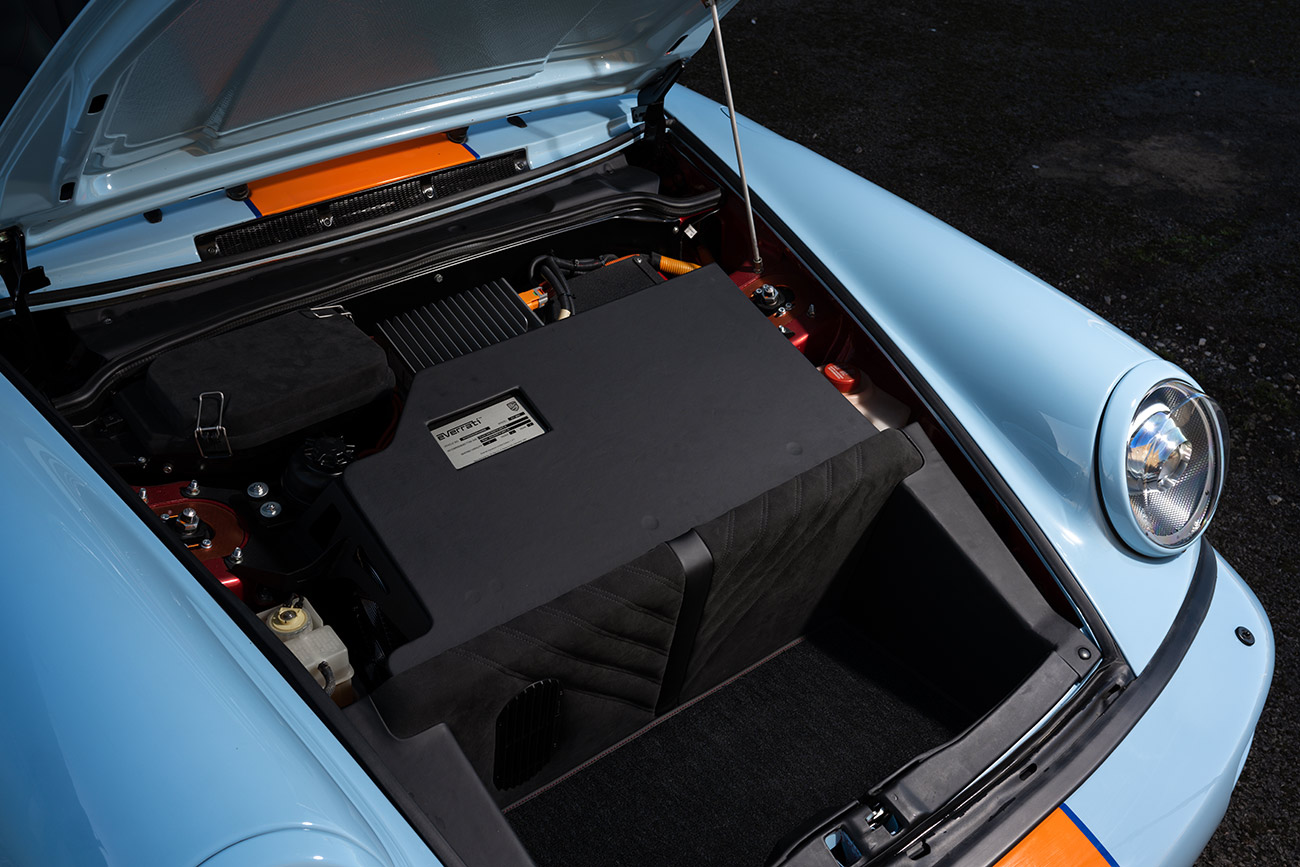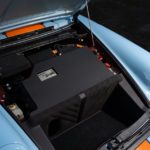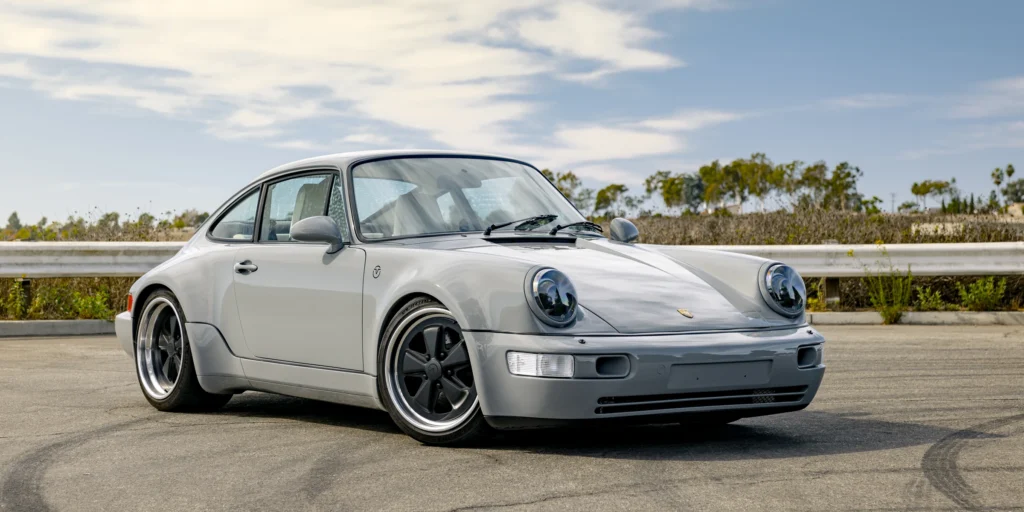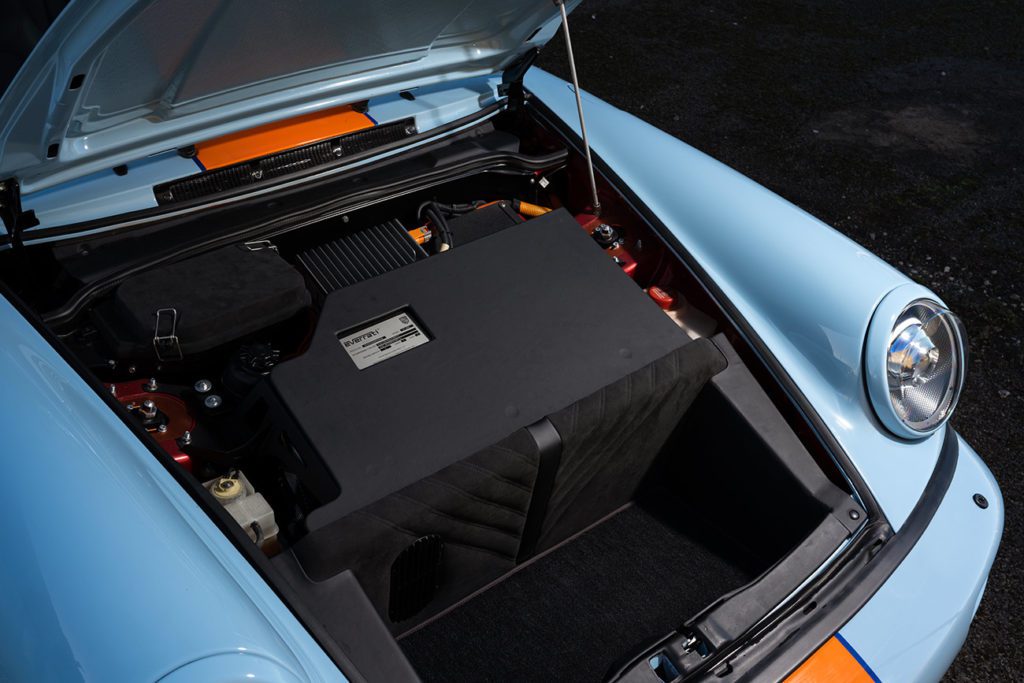Investing in an electric vehicle is about more than day-to-day practicality. It is a decision that combines lifestyle, sustainability, and long-term value. A key question often raised is the durability of the battery system. Just as collectors expect enduring quality from fine art or rare timepieces, discerning automotive clients want assurance that their vehicles will deliver performance without compromise for decades to come.
Understanding EV battery life is central to making an informed decision about luxury mobility, whether commissioning a new EV or pursuing classic car electrification with Everrati.
Typical Lifespan of an EV Battery

On average, today’s electric vehicle batteries are designed to last between 10 and 15 years, depending on factors such as climate, driving habits, and charging patterns. Many manufacturers back their batteries with warranties of 8 years or 100,000 miles and beyond, giving owners peace of mind. Research suggests that even after hundreds of thousands of miles, most batteries retain the majority of their capacity – more than 70% – offering years of usable service before you notice signs of degradation like decreased range.1
In practice, electric car battery life tends to exceed expectations. Improvements in thermal management, battery chemistry, and charging infrastructure continue to extend performance. With proper care, drivers can expect battery life to align closely with the overall lifespan of the car itself.
Factors That Influence EV Battery Life
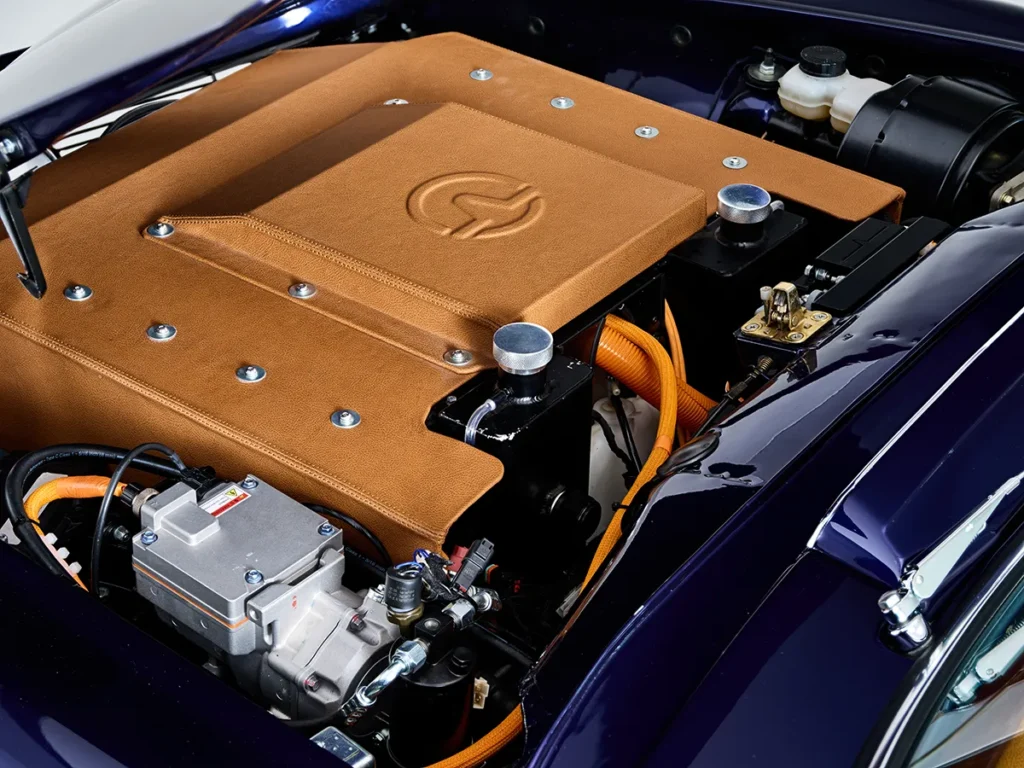
Several key factors influence how long an EV battery lasts:
- Temperature and climate – Extreme heat or cold can affect performance and what you can expect for lifespan. Modern battery packs incorporate thermal management systems that regulate operating conditions to mitigate these effects.
- Charging habits – DC fast charging on a frequent basis can accelerate degradation compared to slower AC charging. Using Level 2 home charging solutions for daily needs helps maintain battery health.
- Driving style – Just like aggressive acceleration and frequent high-speed driving can impact component performance in a typical ICE vehicle, they too can place additional strain on the battery. Consistent, moderate driving helps extend capacity.
- Battery chemistry and design – The type of cells used, whether cylindrical, pouch, or prismatic, affects how the battery ages. Flexible design approaches allow for adaptation to different needs.
- Maintenance and updates – Software updates, regular inspections, and good storage practices all play a role in preserving performance.
All together, these factors mean that EV owners who follow best practices can expect strong long-term performance from their vehicles.
Everrati: Bringing Modern Battery Tech to Classic Cars

At Everrati, the application of advanced battery technology goes beyond new cars. It’s central in the redefinition of automotive icons. Through classic car electrification, Everrati integrates cutting-edge battery solutions into historic models, giving them a second life that is both sustainable and exhilarating.
Everrati’s approach emphasizes flexibility. Different classic models demand different solutions, and no two commissions are exactly alike. Battery systems are configured to fit within the available package space of each vehicle, balancing voltage, capacity, and power output. For some projects, a 400V system may provide the ideal blend of compatibility and safety, while others benefit from 800V systems that capitalize on a blend of weight and performance.
This flexible design philosophy extends into the very structure of the battery. Using cylindrical cells allows Everrati engineers to switch suppliers as needed, adapting to evolving chemistries and performance characteristics. Cells can also be arranged in different longer, shorter, wider, or narrower configurations as required to fit seamlessly into each car’s chassis. Being adaptable avoids costly tooling changes while delivering a custom-fit solution for every commission.
The enclosures themselves are built for efficiency. Lightweight aluminum fabrications or composite sheets joined with right-angle strips are what make Everrati’s custom housings durable without the burden of heavy tooling costs. This method allows Everrati to build a family of battery products suited to our customer’s unique demands, while maintaining the high levels of safety and performance expected in the luxury sector.
The result is an electrified classic that offers both authenticity and dependability. Owners of Everrati vehicles benefit not only from state-of-the-art performance but also from the reassurance that their electric vehicle battery is engineered for long-term reliability.
Explore our Electrification Process
Experts in Electrifying Icons
Demystifying EV battery life is one of the biggest concerns we address for electric vehicle buyers. With lifespans of a decade or more, precision customer support, and ever-advancing technologies, today’s batteries offer both long life and peace of mind. For enthusiasts, the ability to pair modern reliability with timeless design through classic car electrification makes the future of motoring as exciting as its past.
Everrati stands at the forefront of this transformation. By delivering precision-engineered, bespoke solutions, we ensure that each project is a flawless combination of heritage with innovation. Whether preserving the silhouette of a Porsche 911, customizing a Land Rover, or electrifying your GT40, Everrati demonstrates how the latest in battery technology achieves both longevity and breathtaking performance.
Sources:
1. https://www.environmentenergyleader.com/stories/new-data-shows-ev-batteries-last-longer-than-expected,58165
